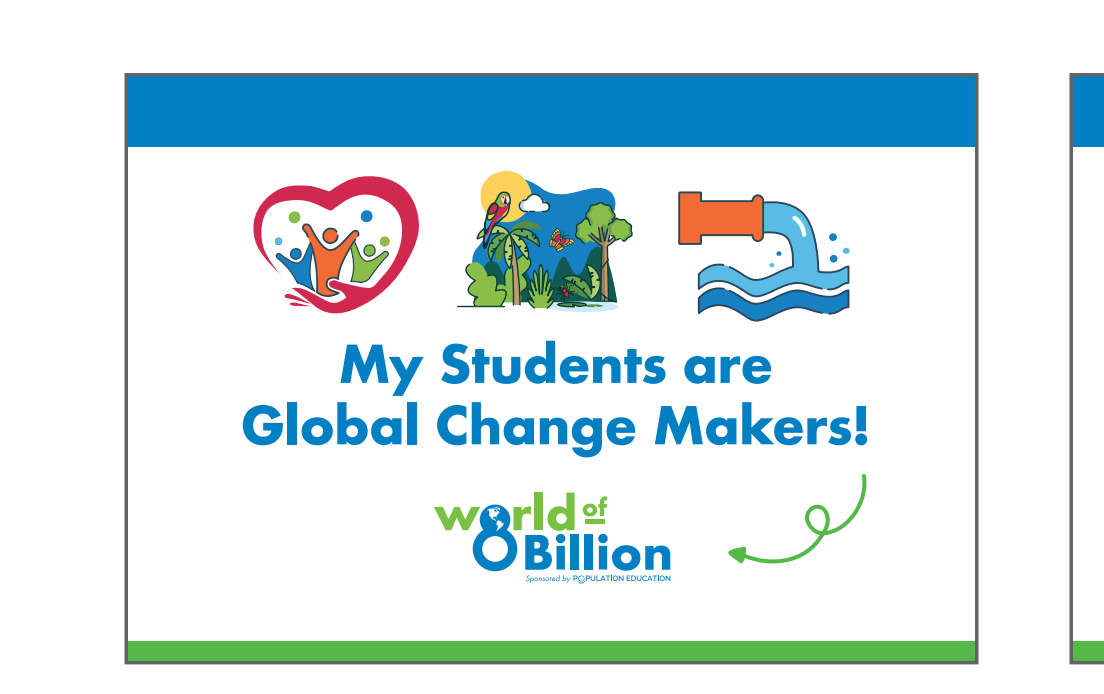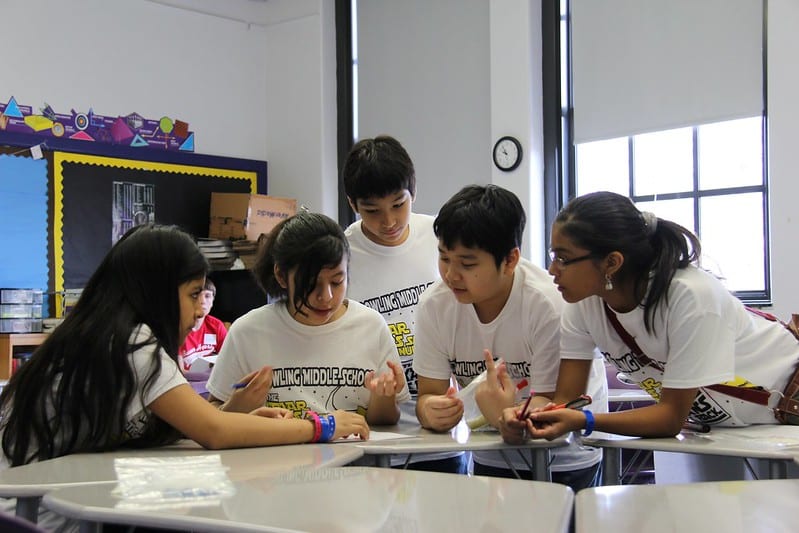Child Wellbeing: An Introduction to This Year’s Global Topic
Child wellbeing encompasses anything that makes children healthy, safe, and happy. This could be related to their education, the food they eat, what their home is like, who cares for them, and beyond. The physical, mental, and emotional state of children greatly depends on their access to resources, the safety of their communities, and the reliability of the services around them. The United Nations has developed a comprehensive set of Sustainable Development Goals (SDG’s) and many of these relate to child wellbeing including; ‘Zero Hunger, No Poverty, Good Health and Wellbeing, Quality Education, and Gender Equality.’
Poverty and poorly planned child welfare programs, exacerbated by population pressures, affect children’s wellbeing. A child’s development can also be threatened by a lack of education, nutrition, health care, shelter or sanitation. Children struggling with hunger or a polluted environment are more susceptible to health issues, such as respiratory infections, diarrheal diseases, malnutrition, malaria, measles, and pneumonia.
Without proper education, children are at higher risk of child marriage or becoming pregnant at an early age. Children living in low socioeconomic areas with little access to education are also more likely to be forced to work at a young age. There are also mental and emotional effects associated with a lack of wellbeing. Living in an unsafe and unhealthy environment can jeopardize the mental health of children, causing them to experience high levels of depression, stress and anxiety. Mental health conditions worsen with longer exposure to poor social and economic circumstances.
Unequal wealth and resource distribution place a greater burden on the wellbeing of low-income communities. Families living in low-income countries have reduced access to child benefits like cash and tax credits compared to high-income countries, which can lower a child’s overall quality of life. Millions of children from marginalized communities continue to be unprotected against serious illnesses as vaccination rates in those areas worsened as an effect of COVID-19. As the global population continues to rise, the gaps in child wellbeing between low-income communities and high-income ones will also grow.
Learn more about Child Wellbeing by reading the full topic backgrounder.
Explore how to use our Topic Backgrounders with this short video:







